To cut tiles you need suitable tools such as tiling pliers, manual tile cutters or grinders equipped with diamond discs.
Cut tiles without chipping them
To cut tiles manually without chipping them, it is essential to use the right tools and techniques, starting from mark with precision the cutting line on the tile.
Then use a high quality manual tile cutter to make a light but steady incision along the line, avoiding to apply too much pressure to avoid damaging the surface.
Pro Diamond Diamond Disc for Tiles
I know if you use one angle grinder, an electric pipe cutter or a water-powered saw, you will need to make sure that the diamond disc be in good condition and proceed slowly, maintaining a constant speed.
Water is essential for cool the blade and reduce vibrations, two things that could cause chipping.
Also, always cut with the glazed side of the tile facing up to get a cleaner edge. Finally, finish the edges with fine sandpaper to remove any small residual chips.
Tile Cutting Tools
Per cut the tiles precisely and without chipping them, it is essential to use a manual tile cutter for straight cuts on ceramic and porcelain tiles, as it allows you to obtain precise results with ease.
If you need to make curved cuts or simply need more flexibility, an electric tile cutter or grinder is the best solution. In this case: the use of high-quality diamond blades is essential to ensure clean, chip-free cuts.
Einhell electric tile cutter
The choice of the disk size It depends on the type of work: larger discs are suitable for large-scale projects, while smaller discs allow for precise operation in tight spaces.
Finally, to make circular cuts, such as opening holes for pipes, diamond-coated hole cutters are essential to achieve professional results.
They are all essential tools for making many works including, for example, a wall covering with tiles.
Tiling nippers for finishing
The tiling pliers They are essential for precise cuts and finishes on ceramic and stoneware tiles.
The pliers Monolithavailable on Amazonare particularly appreciated for their precision.
Engraving with Monolit tiling pliers
This tool is ideal for refine corners e edgesallowing small pieces to be broken off after an initial incision.
Among the advantages The advantages of tile nippers are ease of use and precision, especially in detail work such as curved cuts or adjustments in tight spaces.
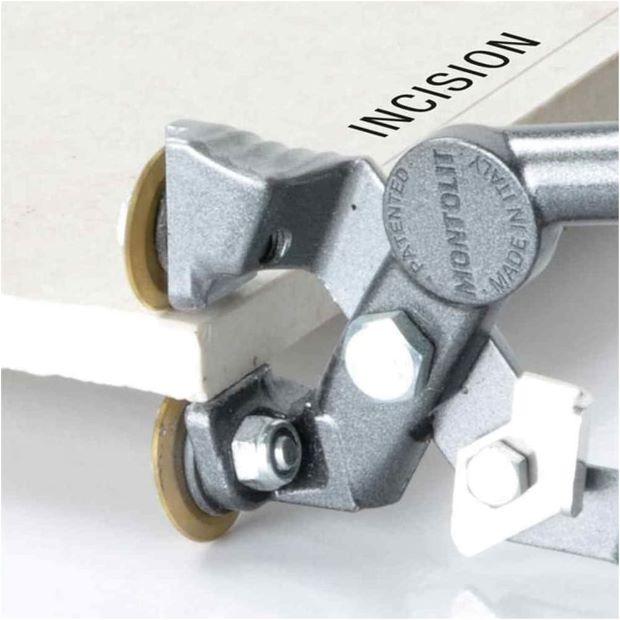 Tiling nippers are suitable for finishing work. Photo by Monolit
Tiling nippers are suitable for finishing work. Photo by Monolit
However, they are not suitable for long cuts or on very thick tiles, where a more powerful tool is required.
The pliers are therefore perfect for finishing after a main cut, especially near corners, obstacles, or around pipes and sockets, ensuring high quality finishes.
Manual tile cutter for straight cuts
Il manual tile cutter It is instead an essential tool for those seeking precision in straight cuts on ceramic or porcelain stoneware tiles.
It works simply: you place the tile on the base, align the cutting line with the guide and, thanks to a wheel, you score the surface.
Vevor Manual Tile Cutter
After the incision, apply pressure to break the tile along the marked line, obtaining a clean and precise cut. This tool is particularly suitable for making straight cuts, making it ideal for standard installation works.
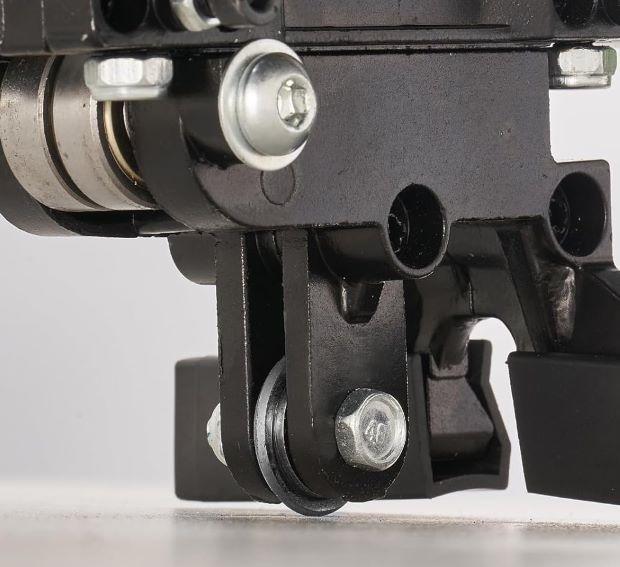 Engraving wheel. Photo by Vevor
Engraving wheel. Photo by Vevor
However, it’s not suitable to realize curved cuts or complex shapes. It is the perfect choice for those who need to make quick and accurate cuts on standard-sized tiles, without requiring electrical power.
Electric tile cutting tools
To cut tiles with a grinder or an electric tile cutter, you need to follow some steps to get a precise and safe result.
Grinder equipped with diamond disc. Photo by Pro Diamant
Before you begin, you need to assemble a long time in diamonds suitable for tiles on the grinder, then you need to wear safety glasses, gloves and a dust mask. You need to mark the cutting line on the tile with a pencil or a permanent marker.

Next, you need to place the tile on a stable and safe surface if you are using a grinder, such as a workbench, fixing it with clamps to avoid movement while cutting.
Turn on the grinder and with slow movements and controlled, you have to guide the blade along the cutting line.
It is important to maintain even pressure to avoid chipping and ensure that the tile remains firm. For curved cuts, you need to work patiently, making small passes. Finally, smooth the edges with sandpaper if necessary. An excellent product is the electric tile cutter Einhell mod TC-TC 618.
Blades suitable for cutting tiles without chipping them
Blades for cutting tiles without chipping them must be chosen carefully: diamond discs for quick cuts, smooth discs for less hard materials, grooved discs for more resistant materials instead.
Diamond blades, such as those with a thickness of 1.3 mm from the Pro Diamant catalogue, are ideal for fast and precise cuts.
The choice between smooth or grooved discs depends on the hardness of the material: smooth discs are preferable when a delicate approach is necessary to avoid chipping.
If you need to make circular cuts, such as when opening a hole for pipes, you should instead consider using diamond-profiled cup cutters, which allow you to make clean, precise cuts without damaging the tile.
Profile Duplicator, an essential tool
l profile duplicator It is an essential tool for anyone who has to deal with irregular cuts on materials such as tiles.
Its use is simple and intuitive: just press the teeth of the tool against the object whose outline you want to copy.
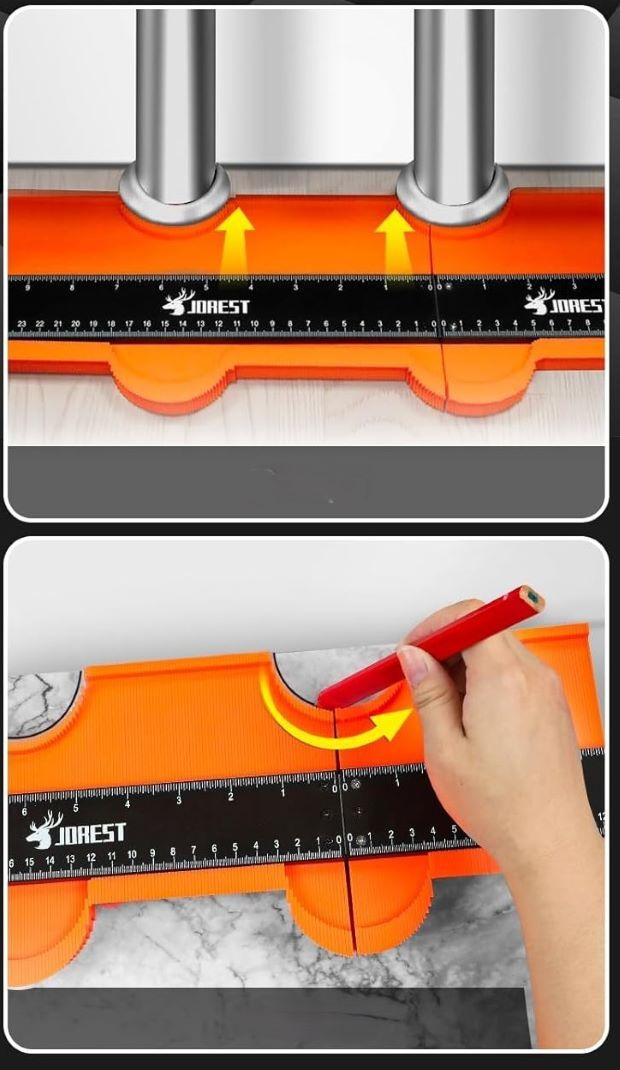 Using the profile duplicator. Photo by Jorest
Using the profile duplicator. Photo by Jorest
These automatically adapt to the shape, locking it in place. Once the profile has been duplicated, it will be possible to trace the exact shape on the surface to be worked, ensuring a precise and clean cut.

This tool, like the one proposed by Jorestis particularly useful for profiling workssuch as fitting floors around pipes, moldings or complex corners.
By using the profile duplicator, you will save a lot of time and effort, eliminating the need for repeated manual measurements and tracing and ensuring professional results even in the presence of complex or difficult to replicate shapes.
Source: www.lavorincasa.it


 Einhell electric tile cutter
Einhell electric tile cutter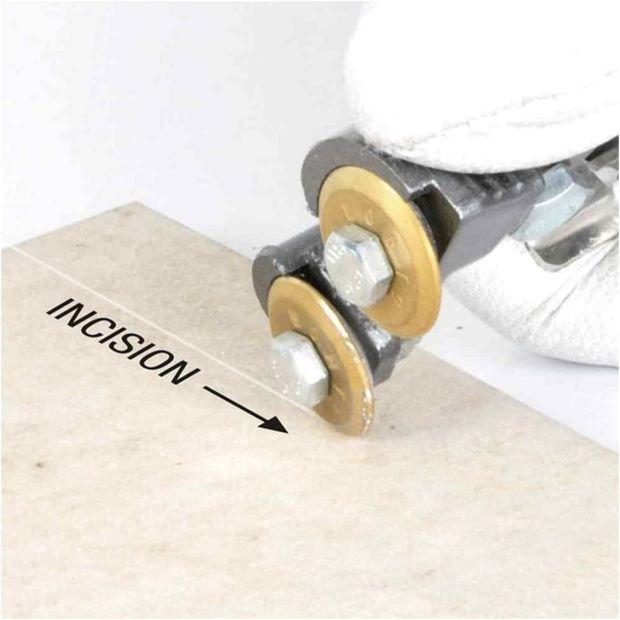 Engraving with Monolit tiling pliers
Engraving with Monolit tiling pliers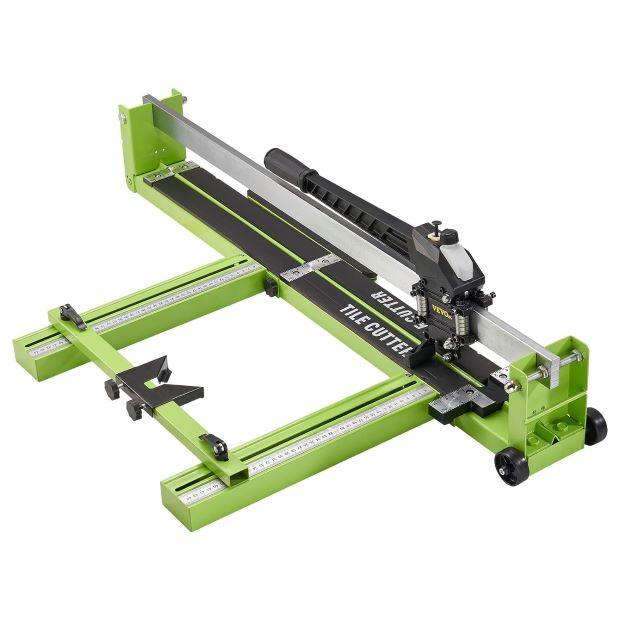 Vevor Manual Tile Cutter
Vevor Manual Tile Cutter 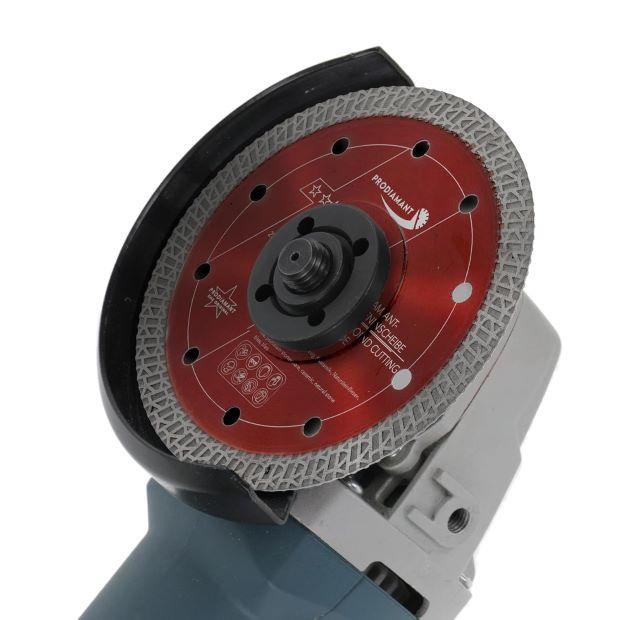 Grinder equipped with diamond disc. Photo by Pro Diamant
Grinder equipped with diamond disc. Photo by Pro Diamant